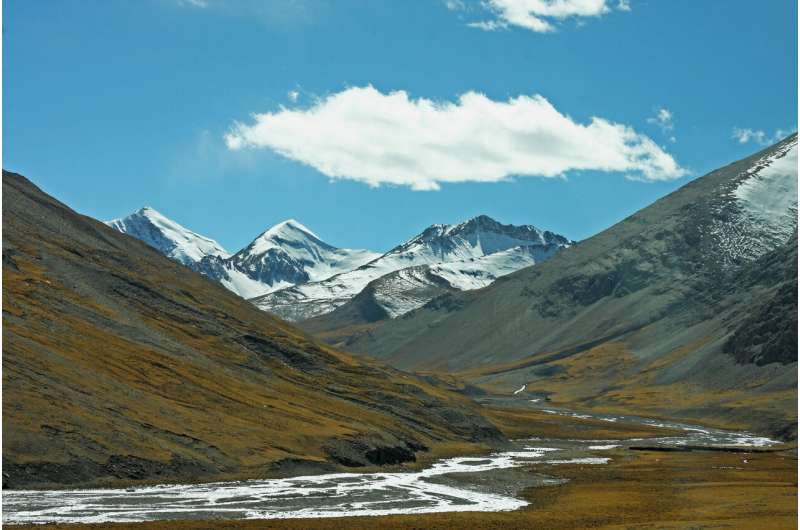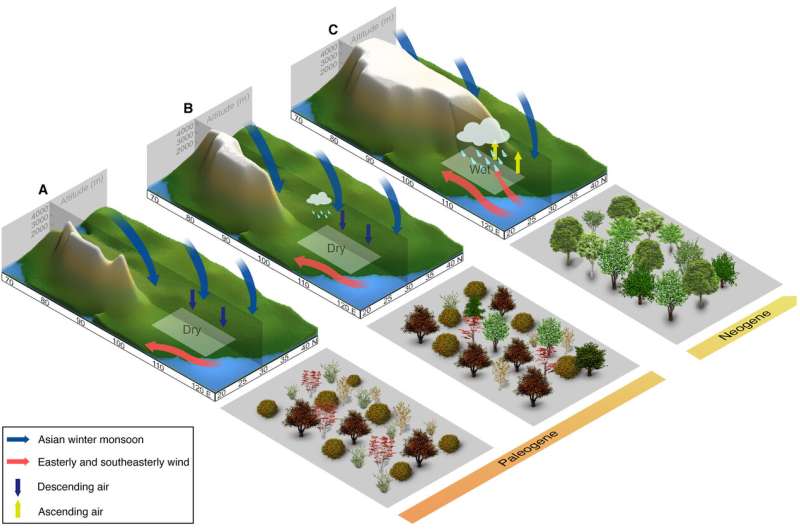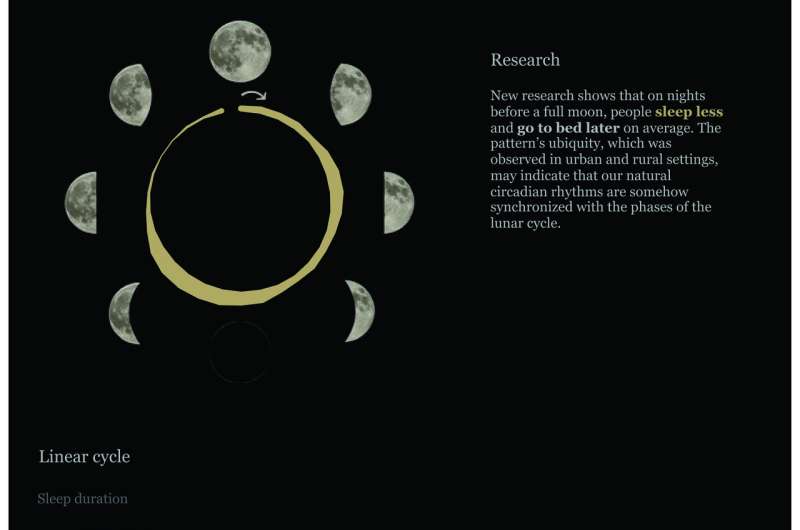Texas Regulator Slams BP For Flaring
The Texas Railroad Commission has gotten a chance to strike back at BP, which last year urged it to reduce flaring in the state. BP appears to be the company with the most flaring requests to be considered by the regulator, and one commissioner has called the practice “a waste of our precious resources”.
“I am amenable to allowing fair time for flaring to occur in certain circumstances, but limits must be set,” the newest member of the Commission, Republican Jim Wright, said, as quoted by Bloomberg.
This appears to be exactly what BP urged the regulator to do last year, along with peer Shell.
“We believe there is a real opportunity for the state to set the bar for others to follow,” the two Big Oil majors wrote in a letter to the watchdog. “We encourage the Railroad Commission of Texas to support an ambition of zero routine flaring in Texas.”
The two were not the only critics of the Railroad Commission on flaring, so last November, the regulator tightened the rules: it now requires more detailed information from applicants, including a justification for their request to flare. The amended rules also reduce the period during which companies are allowed to flare.
The regulator requires oil and gas companies to apply for a flaring exception permit after the first ten days of a new well’s start. For the first ten days, they are allowed to flare. Right now, BP is seeking a flaring exception for 121 wells, which is an unusually high number. If it receives the Commission’s approval, the cumulative exceptions would be in effect until April next year.
“This two-year flaring exception is a real world test of its promises to tackle carbon emissions,” an oil and gas analyst with transparency advocacy Documented, told Bloomberg. “If BP isn’t serious about reducing routine flaring then the Railroad Commission needs to deny this request,” kelly Mitchell added.
BP sees no problem with its request, according to Bloomberg, which quoted the company as saying it was “committed to zero routine flaring and will continue to work with the commission on this critical issue.’’
By Irina Slav for Oilprice.com



















